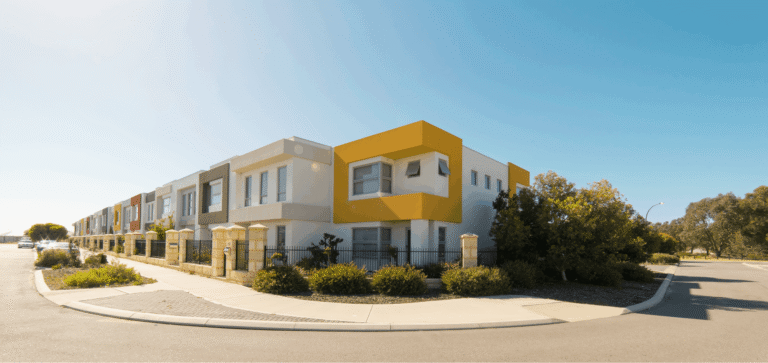Playa del Carmen, Mexico — The relentless territorial growth of Playa del Carmen has pushed its infrastructure to the brink. Opinion leaders, architects, and authorities are convening to define the future of the city as it faces the challenge of planning that must project forward to 2050. The central debate is how to recover urban mobility in Playa del Carmen in the face of the uncontrolled expansion of private housing developments.
The Institutional Table Defining the Future of the Riviera Maya
The Institutional Table for the Update of the Program of Urban Development for the Population Center of Playa del Carmen has convened a key meeting to address the challenges posed by rapid demographic development. This forum includes participants from the College of Architects, members of civil society, and leaders from various departments across all three levels of government.
The president of the College of Architects of the Riviera Maya, Manuel Alfonso Barrero Gutiérrez, reported that the focus of the discussions centers on the urgent need to review access routes. The goal is to create public spaces for citizens that are rigorously planned with a projection to meet needs in the year 2050.
The Dilemma of Condominium Developments and Public Space
One of the greatest obstacles identified by urban planners, according to the statement from the architects' leader, is the predominance of residential developments under a model of privatized services. The main problem lies in the fact that the majority of housing subdivisions built in Playa del Carmen operate under a condominium regime.
Although these private areas do have certain services and internal maintenance, such as bike paths and other recreational spaces, these remain strictly private areas and do not benefit the general population. Due to this limitation on access and use, the authorities and the College of Architects are dedicated to studying how to generate the large avenues necessary for the public space the city demands to exist.
Territorial Expansion and the Key of Zoning
In previous PDU sessions, the magnitude of the municipality's territorial expansion has been highlighted. Manuel Alfonso Barrero Gutiérrez recalled the numerical reality of the growth:
- Currently, the city of Playa del Carmen occupies seven thousand hectares.
- However, there exist an additional 12 to 13 thousand hectares that are considered of great importance and where all the "pending matters" of the city can be addressed.
The PDU is actively dealing with the required points to comply with said program, focusing on the structural part of the planning.
The Core of the PDU
The president of the College of Architects of the Riviera Maya reported that they are preparing to work on the primary and secondary zoning. This is the core part of the program, as it will define the crucial parameters for future development:
- Population densities.
- Permitted building heights.
- Occupancy and modification coefficients.
Population Growth Projection and the Debate Over Height
Regarding demographic growth, Manuel Alfonso Barrero considered that Playa del Carmen will not surpass Cancun in size, but it will reach a significant population, projecting that it will have at least around 950 thousand inhabitants.
Regarding the discussion on whether or not to permit the construction of tall buildings, the architect pointed to the College's open stance: "That is precisely what we are opening up to the citizens, it is what we are opening up so that everyone can express 'the city we want, be the city we desire,' because some people are in favor and others are against. In the end, it's about reaching a consensus."
The promise of a city planned for 2050 now faces the reality of a growth that prioritizes the private over the public. The consensus needed to define the heights and densities of Playa del Carmen will determine not only the city's functionality, but whether the Riviera Maya can guarantee the quality of life for nearly a million future inhabitants.
Discover more from Riviera Maya News & Events
Subscribe to get the latest posts sent to your email.
